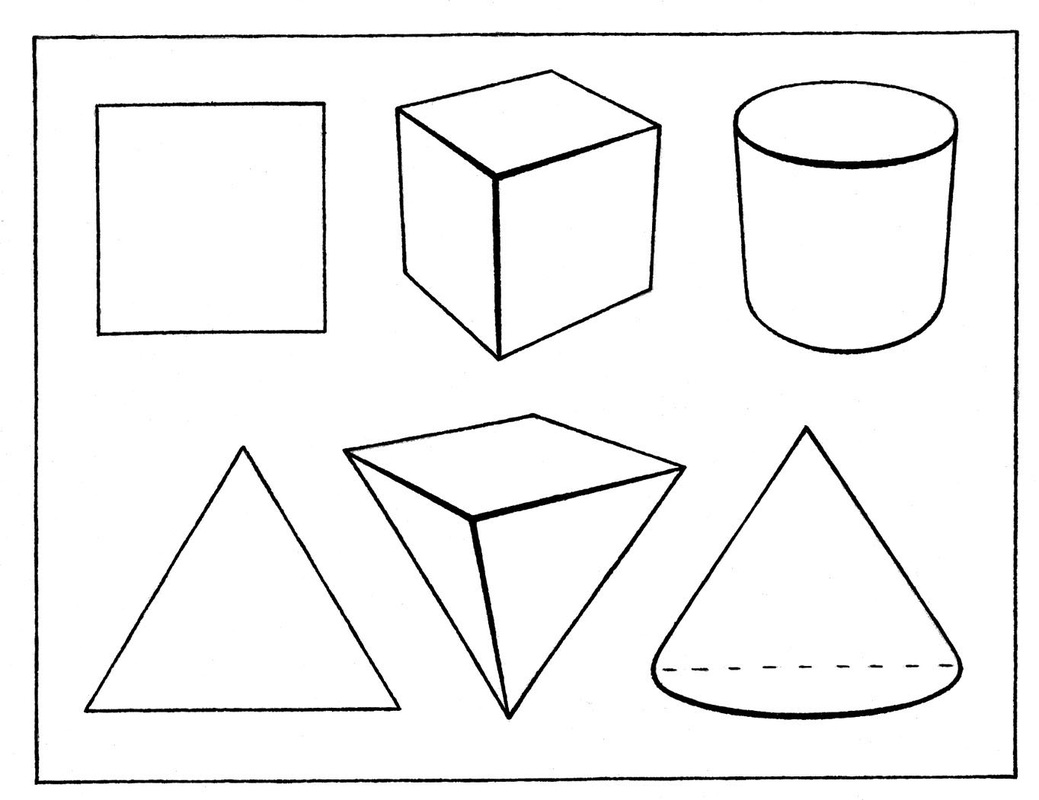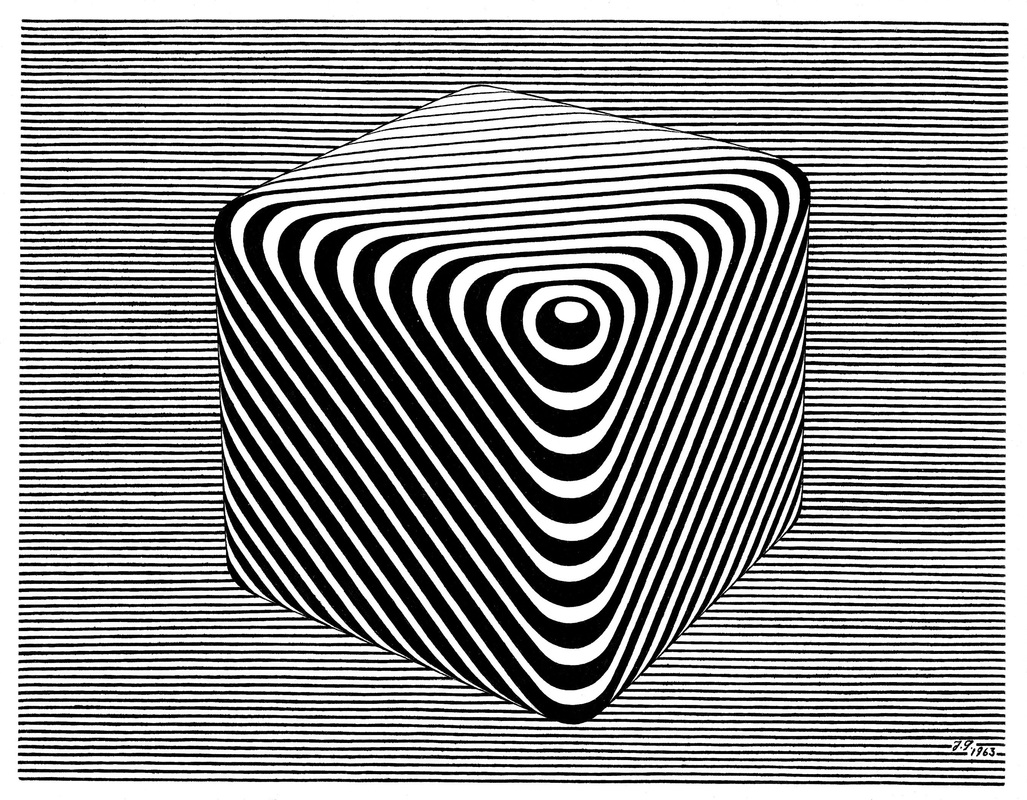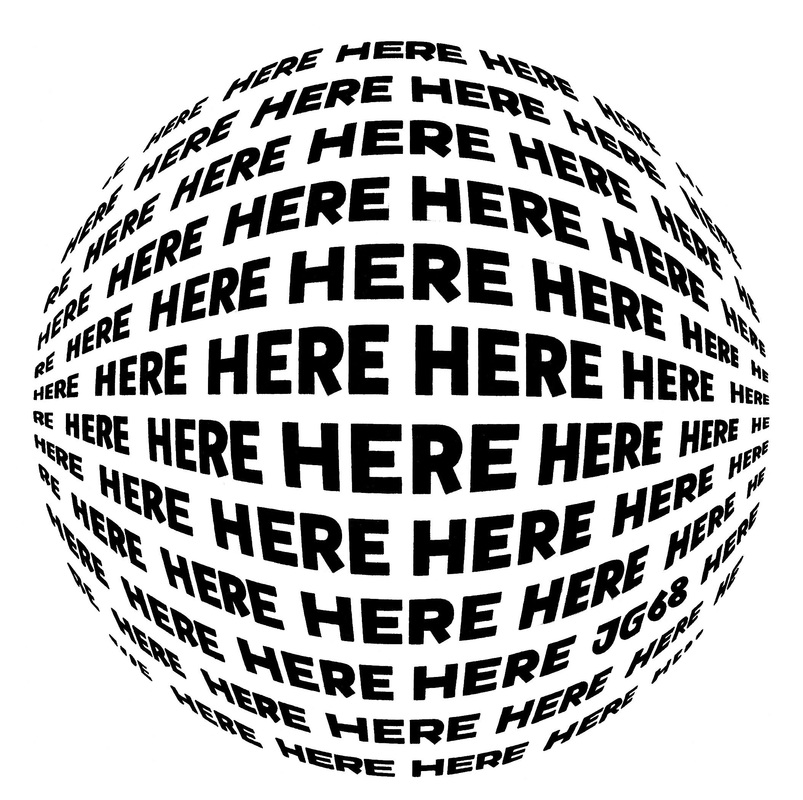|
Middle of Essay – Illustrated section on Basic Design, 2nd of 4 Segments The reader may consider the current long, illustrated section to be a digression. Johannes describes courses for Basic Design in the Visual Arts suitable for both art students and those in other fields of study. After these 4 Segments the Essay returns to more general discussion of art education and art theory. Rather than omit this section, it is included as part of the original essay. H. Two-Dimensional Design, Second Term
This once seamless continuity of learning may now be weakened, because Modern Art inclines more to celebrate that man is able to emote and feel instead of his ability to reason, know and understand. To emote and feel is no achievement – we may as well take pride in the possession of an alimentary canal. What I feel may gradually grow apparent; but what you and I can learn and understand together is the reason for this program. 2. Abstraction: The self-understanding of Modern Art regards abstraction as its central innovation, but its grasp of what that really is seems very vague at best. For Modern Art has sought to tell us that Abstraction equals progressive Non-Representation, where the least recognizable equals the most abstract.
3. The First Operation of Abstraction: A dog, a tree, a table and a stone differ sharply from each other but share a property of cubic magnitude. They each possess Height, Depth and Width – the attributes of Volume. Thus, Volume is a signal Derivation from the unwieldy visible abundance of the world and – here particularly the Abstraction of Dog, Tree, Table and Stone.
Abstraction (cont’d) 4. The Second Operation of Abstraction: If you compare my outlined volumes to the picture below which my wife has named The Floating Cube, you discover the latter to be more complex and offered in a setting to strengthen the illusion of a solid body advancing from a depth of space. It is the terminal abstraction and completion of my task, derived – like all foregoing stages – from the Final Cause that posts the artist’s problem.
5. The Continuity of Surfaces: The experiment of my faulty intuition resulted in a final sphere illustrating an acoustic fancy in which voices of exactly regulated volume are calling to a blind man to let him hear the sphere he cannot see.
(Section on Basic Design Courses to be continued next week)
0 Comments
Leave a Reply. |
A Blog containing longer text selections from essays by Johannes, on art, philosophy, religion and the humanities, written during the course of a lifetime. Artists are not art historians. People who write are not all learned scholars. This can lead to “repeat originality” on most rare occasions. When we briefly share a pathway of inquiry with others, we sometimes also must share the same results.
Categories
All
Archives |
| von Gumppenberg | Johannes Writes |
|
|






 RSS Feed
RSS Feed